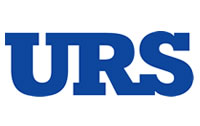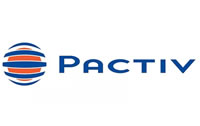Effective managers use business cases and strategic thinking to make the most of what they’ve got.
Some managers have the resources to implement projects and programs. Many more don’t have the resources. Others may have some resources, but they are unsure of where to invest those resources. However, all have the opportunity to act to improve. Are You Overlooking Extra Job Resources at Your Facility?
When you don’t have resources…
When you don’t have resources, there are paths to do what you can. The first thing is to determine whether you can find the resources based on being more efficient at how you’re using your current resources. If you’re a maintenance manager or supervisor, are you efficiently planning and scheduling your work? If you’re in a reactive maintenance mode, you can get between 18% and 31% improvement in labor effectiveness. Maybe you can create a condition monitoring team with those “found” resources? With reading and networking, you can figure out how to do it. Can you take contracted work in-house? Are you performing some activity or paying for some service that really isn’t necessary? Or is it less valuable than the value of an improvement you want to make?
Let’s now shift to the second problem. If you have some resources, but don’t know where to apply them, what can you do? Leaders are expected to set the direction and objectives for their teams. The place you should start is to spend time thinking about the mission, vision, values, and objectives of your team. This is a foundational exercise to make sure you can focus on the right things.
With direction and objectives set, think about the things that enable you to achieve the widest set of objectives. Often, this starts with training and education. Again, I’ll point to a comprehensive asset reliability training program. A good quality program will include an overall strategy. Asset reliability is about maximizing value, not just about maintaining equipment.
With an asset reliability strategy in place, you can then assess the parts of the strategy that need to be filled in. Usually there are foundational portions of the strategy that are recommended to be filled in before the latter parts of the strategy. However, there can be reasons to work on other aspects first. Perhaps putting a defect elimination program in place will build teamwork and solve important problems. The key is to have a strategy by which you make important decisions on getting things done.
It is never enough to just think about how to find resources by being efficient or making a good business case. It’s never enough to have resources and a good asset reliability strategy. You have to actually take action. Execute initiatives.
Become experienced in taking action.
What if a leader doesn’t have much experience or confidence in taking action? Leaders can start by having the courage to just do it. Create an initiative or small project and do it. Each time the leader tries a new initiative they will learn something. String together a bunch of small improvements to hone your process, increase your confidence, and gain respect from your senior leaders.
If you’re a discouraging senior leader, get real. Know that everyone makes mistakes, yourself included. Encourage leaders to develop strategies, assess performance, and act to make improvements. And remember, if you’re in an organization that squashes initiative, the job market is wide open. People will leave when there are other opportunities to be treated better.
Go forth and do great things.
This story originally appeared in the August 2021 issue of Plant Services. Subscribe to Plant Services here.
About the Author: Tom Moriarty


















